Growing up in a hurry -
Young robins are out of the nest in a couple of days
Only the mother broods the eggs, but after they hatch, both parents feed them with small invertebrates (worms, grubs, insects, etc), and each will keep the nest clean by removing the white globs of waste the chicks produce.
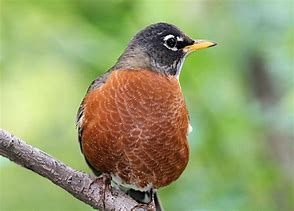
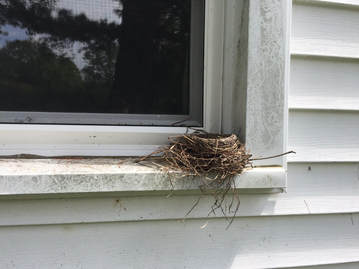
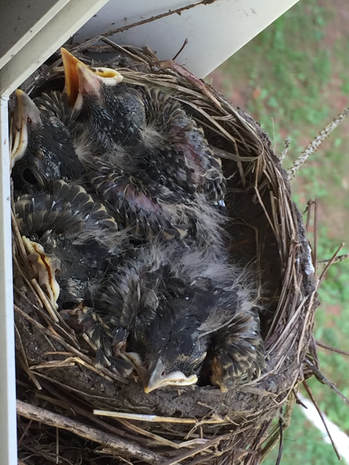
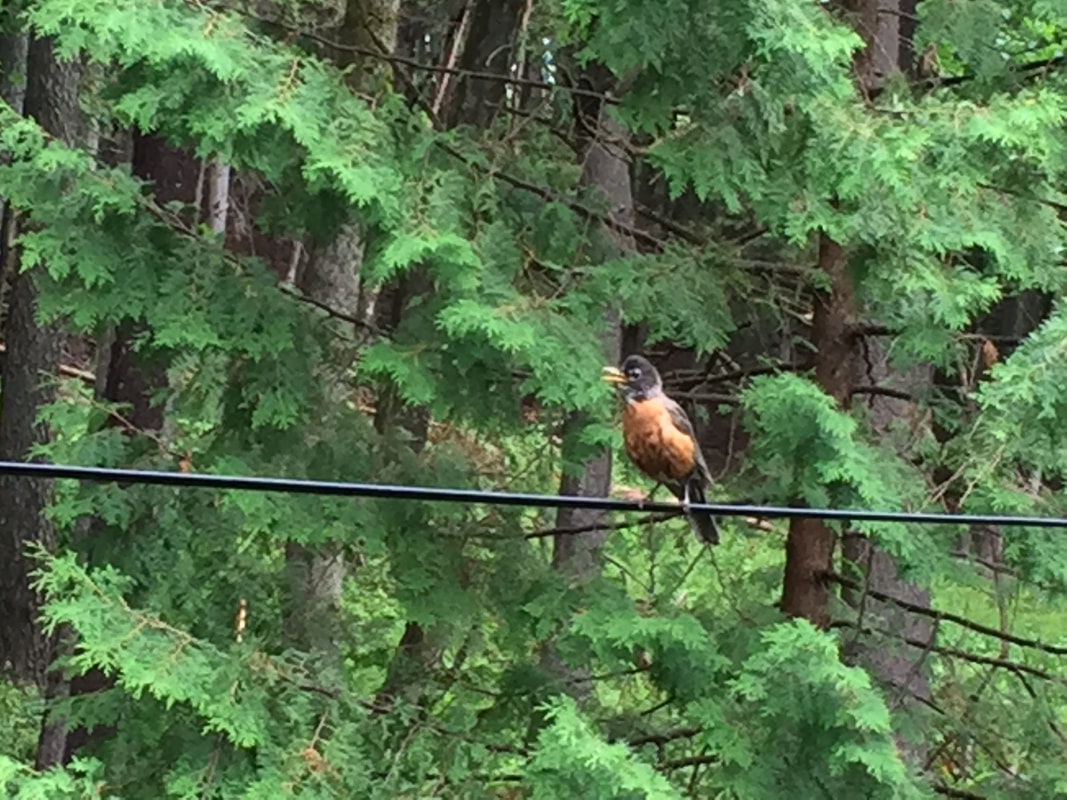
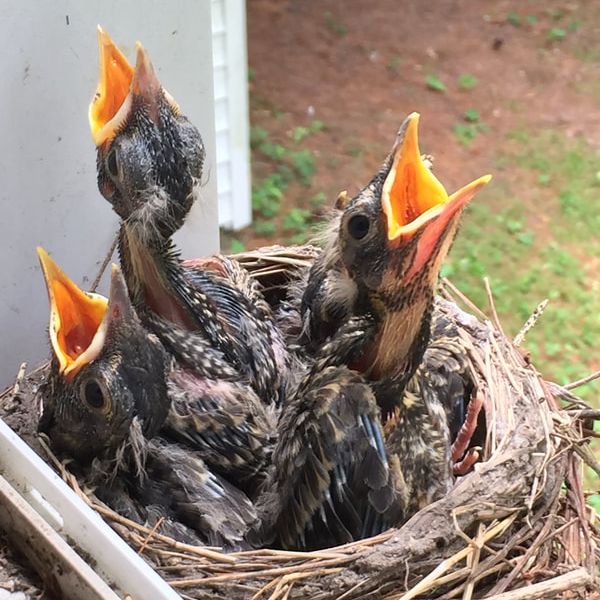
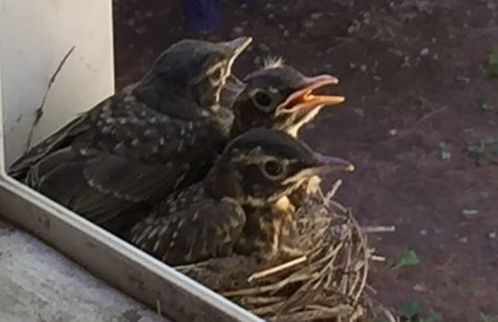
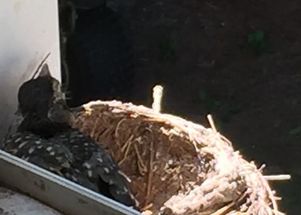
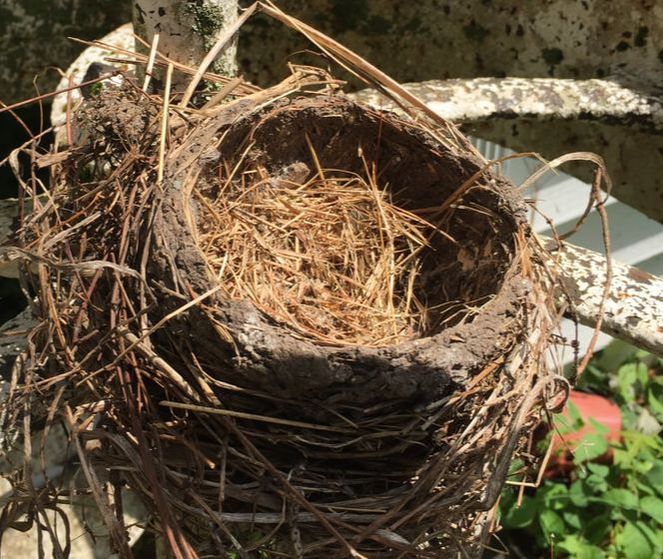
 RSS Feed
RSS Feed